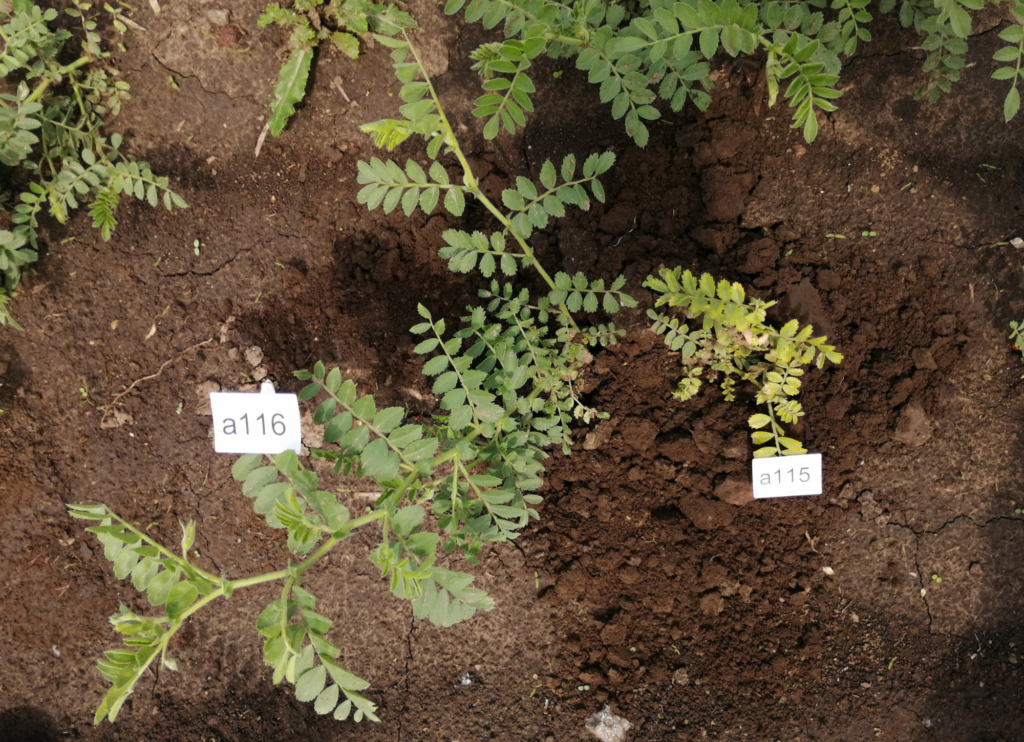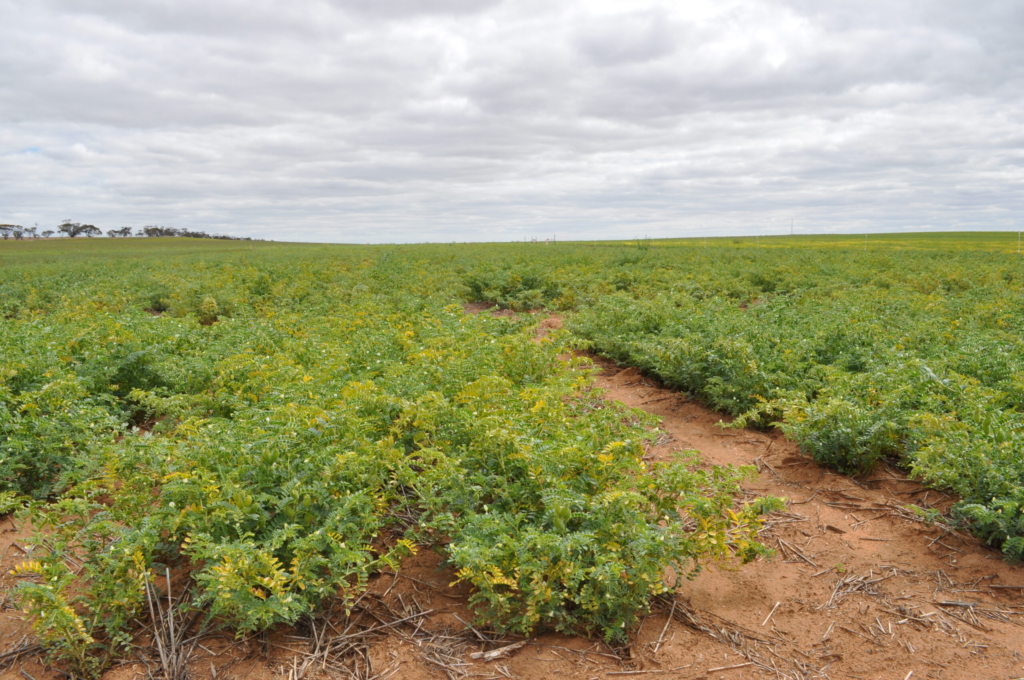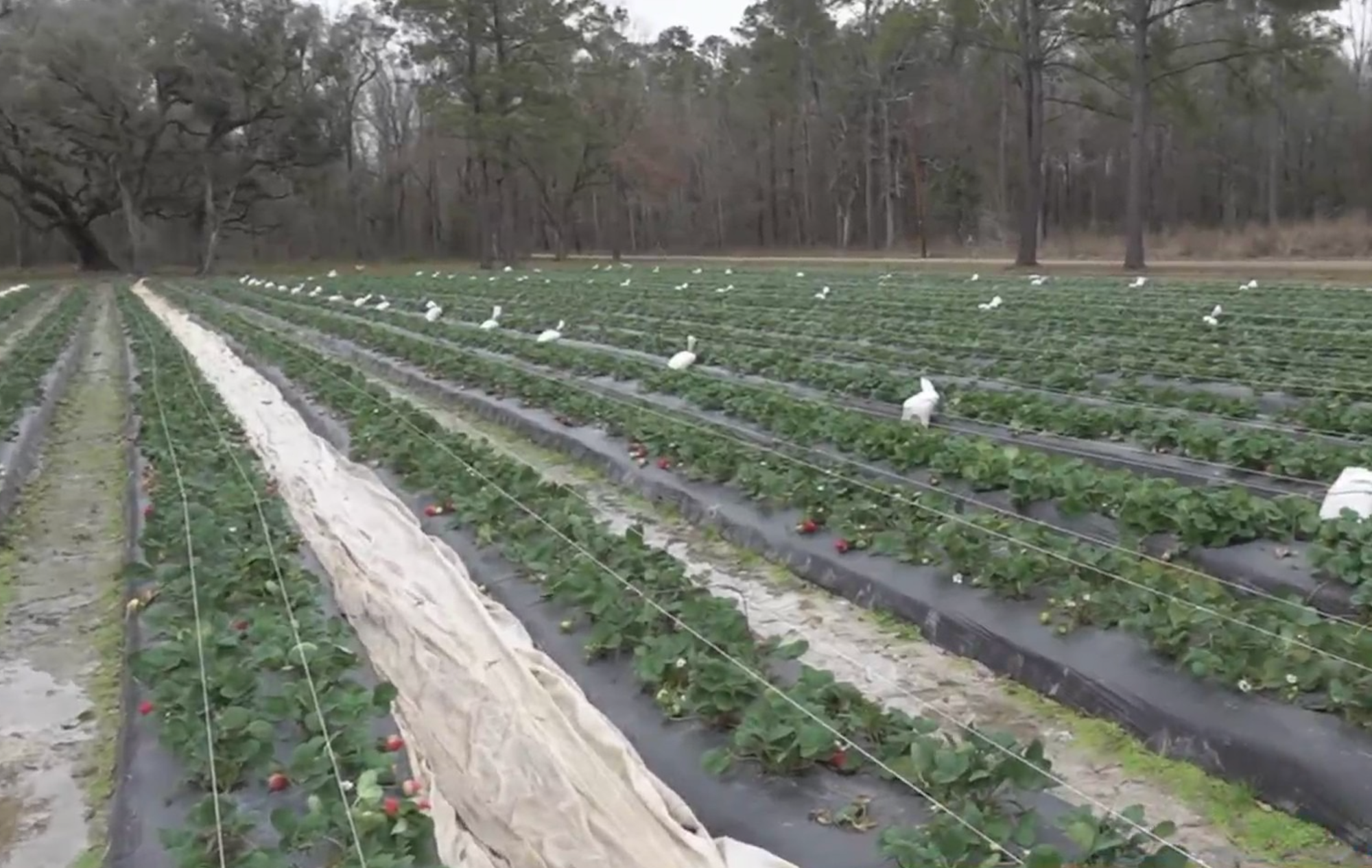Chickpeas, often regarded as a superfood due to their high nutritional value, have gained popularity in Germany in recent years. The demand for regionally produced chickpeas has increased, driven by their use in vegetarian and vegan diets.
However, the future of chickpea cultivation in Germany faces a significant challenge following a recent discovery by a team of researchers. For the first time, plant viruses have been detected in German chickpeas, raising concerns about the sustainability and productivity of this crop.
The study, conducted by experts from the Leibniz Institute DSMZ, the Julius Kühn Institute (JKI), and the Leibniz Center for Agricultural Landscape Research (ZALF), revealed the presence of multiple plant viruses affecting chickpea plants.
This discovery has profound implications for chickpea farmers, researchers, and policymakers as they seek to address the threat posed by these pathogens.
Discovery of Viral Pathogens in Chickpeas
Over a two-year period, researchers studied various chickpea fields in Saxony-Anhalt and Brandenburg to assess the presence of plant viruses. Their findings, recently published in the Journal of Plant Diseases and Protection, confirmed the presence of Pea necrotic yellow dwarf virus (PNYDV) in chickpeas.
This virus is already known to infect other legumes, such as peas, causing severe yield losses. The infected chickpea plants exhibited symptoms such as yellowing of leaves and stunted growth, indicating significant stress and potential reductions in yield.
What made this discovery even more alarming was the high frequency of multiple infections. Many of the chickpea plants were found to be infected with more than one virus at the same time, compounding the severity of the impact on plant health.
The researchers noted that chickpeas grown near pea fields were particularly vulnerable, as these viruses can spread between different legume species. This finding suggests that chickpeas in Germany are under substantial infection pressure, making virus management a critical concern for farmers and agricultural scientists.
Read : German Engineer Rudiger Koch Sets World Record for Living 120 Days in a Submerged Capsule
Dr. Björn Krenz, head of the Plant Virus Department at DSMZ, emphasized the significance of these findings. He noted that while Germany has been expanding chickpea cultivation to meet increasing demand, the detection of these viruses presents new challenges for ensuring healthy crop production.
Read : Flavors of Bangladesh: Exploring the Top 10 Street Foods
Given the susceptibility of chickpeas to viral infections, it is essential to develop new strategies to protect these crops from further damage.
Challenges and Risks in Chickpea Cultivation
The detection of plant viruses in chickpeas highlights the potential risks associated with chickpea cultivation in Germany. Unlike traditional crops that have been grown in the country for centuries, chickpeas are relatively new to German agriculture. As a result, there is limited knowledge about the best cultivation practices and pest management strategies needed to protect these plants from emerging threats.
One of the major concerns is the role of insect vectors in transmitting these viruses. Many plant viruses, including PNYDV, are spread by aphids and other insects that feed on plants. If these insect populations are not adequately controlled, they can rapidly transmit the virus from infected plants to healthy ones, leading to widespread crop damage.
The high frequency of multiple infections found in the study suggests that virus-transmitting insects are actively spreading pathogens across chickpea fields, making integrated pest management strategies essential for mitigating this threat.

Another challenge is the lack of virus-resistant chickpea varieties currently available for cultivation in Germany. Unlike crops such as wheat or barley, which have undergone extensive breeding programs to develop disease-resistant strains, chickpeas have not been a major focus of agricultural research in the region.
This means that the existing commercial chickpea varieties may be highly susceptible to viral infections, putting farmers at risk of significant yield losses if virus outbreaks occur frequently.
Furthermore, the proximity of chickpea fields to other legume crops, such as peas, poses an additional risk. Since PNYDV is known to infect multiple legume species, fields located near infected pea crops may serve as reservoirs for the virus, increasing the likelihood of transmission to chickpea plants.
This suggests that a more strategic approach to crop rotation and field placement may be necessary to reduce the risk of cross-infection between different legume species.
Future Strategies for Sustainable Chickpea Production
To address the challenges posed by plant viruses in chickpeas, researchers are now focusing on developing sustainable solutions that can help protect the crop from future infections. One of the most promising approaches involves breeding virus-resistant chickpea varieties.
By identifying genetic traits associated with virus tolerance, scientists can develop new chickpea strains that are less susceptible to infection. Early screening for virus resistance in breeding programs can help eliminate vulnerable varieties before they are introduced into commercial farming.
In addition to breeding efforts, a systematic virus screening program for commercial chickpea varieties is essential. By regularly testing crops for the presence of plant viruses, farmers can make informed decisions about which varieties to cultivate based on their resistance levels.
This would also allow for early detection of viral outbreaks, enabling farmers to take timely action to prevent the spread of infections. Another important strategy is the use of integrated pest management (IPM) techniques to control insect vectors.

Since aphids and other insects play a key role in virus transmission, implementing natural pest control methods can help reduce infection rates. For example, introducing natural predators such as ladybugs, planting insect-repelling companion crops, and using targeted biological pesticides can minimize the population of virus-carrying insects in chickpea fields.
Crop rotation and diversification also play a crucial role in disease management. By avoiding continuous chickpea cultivation in the same fields and rotating crops with non-legume species, farmers can reduce the build-up of viral pathogens in the soil and surrounding vegetation. This approach not only helps in managing plant viruses but also improves soil health and overall crop productivity.
Collaboration between scientists, policymakers, and farmers will be essential for developing long-term solutions to the challenges posed by plant viruses in chickpeas. Given the increasing demand for regionally produced legumes, it is important to invest in research that supports sustainable chickpea production.
Governments and agricultural organizations should provide funding for breeding programs, virus monitoring initiatives, and farmer education programs to ensure that chickpea cultivation remains viable in Germany.
The detection of plant viruses in German chickpeas marks a turning point for the future of this crop in the country. While the findings present significant challenges, they also offer an opportunity for researchers and farmers to work together in developing innovative solutions that will safeguard chickpea production in the long run.
With continued research and effective management strategies, it is possible to mitigate the impact of plant viruses and ensure a stable supply of healthy chickpeas for consumers.

